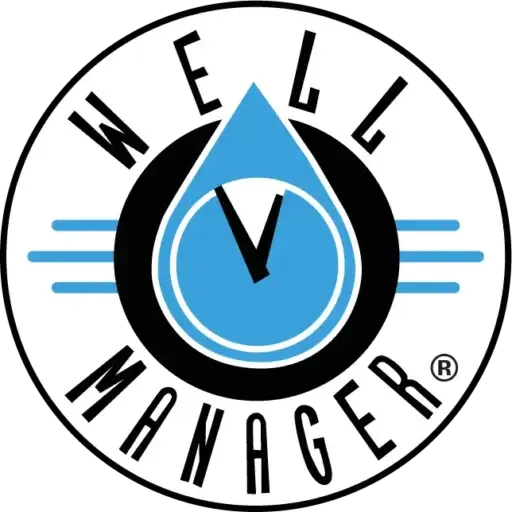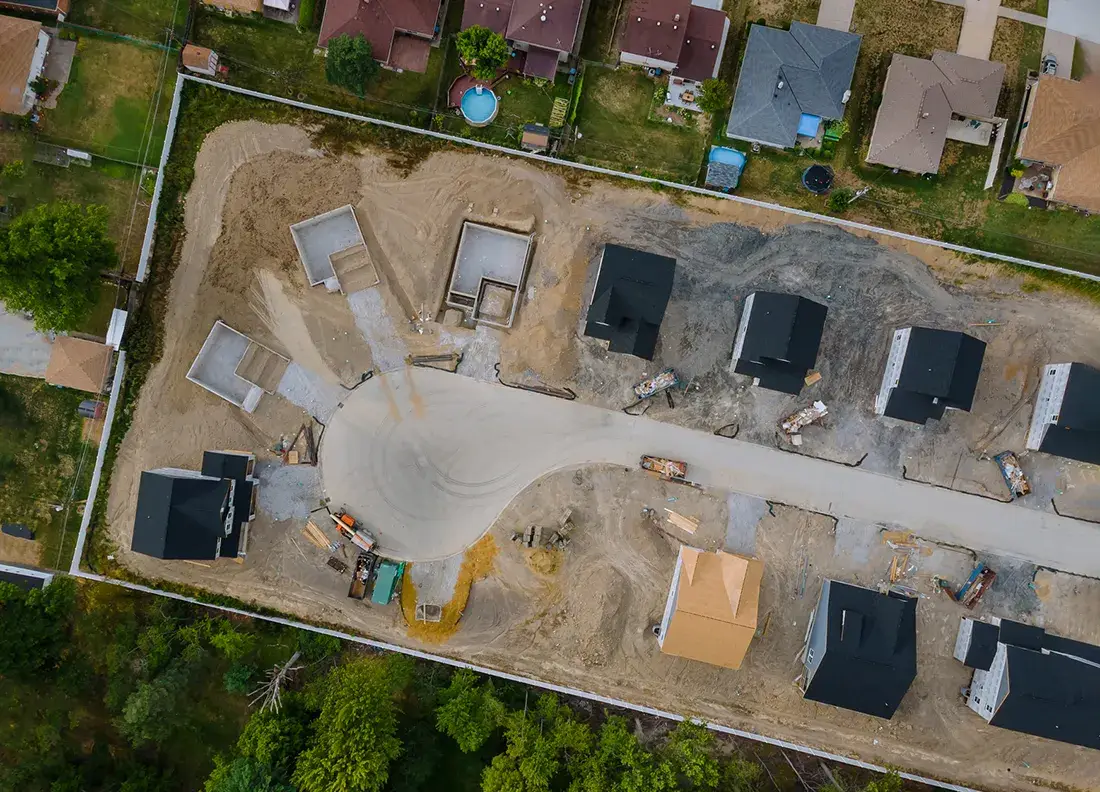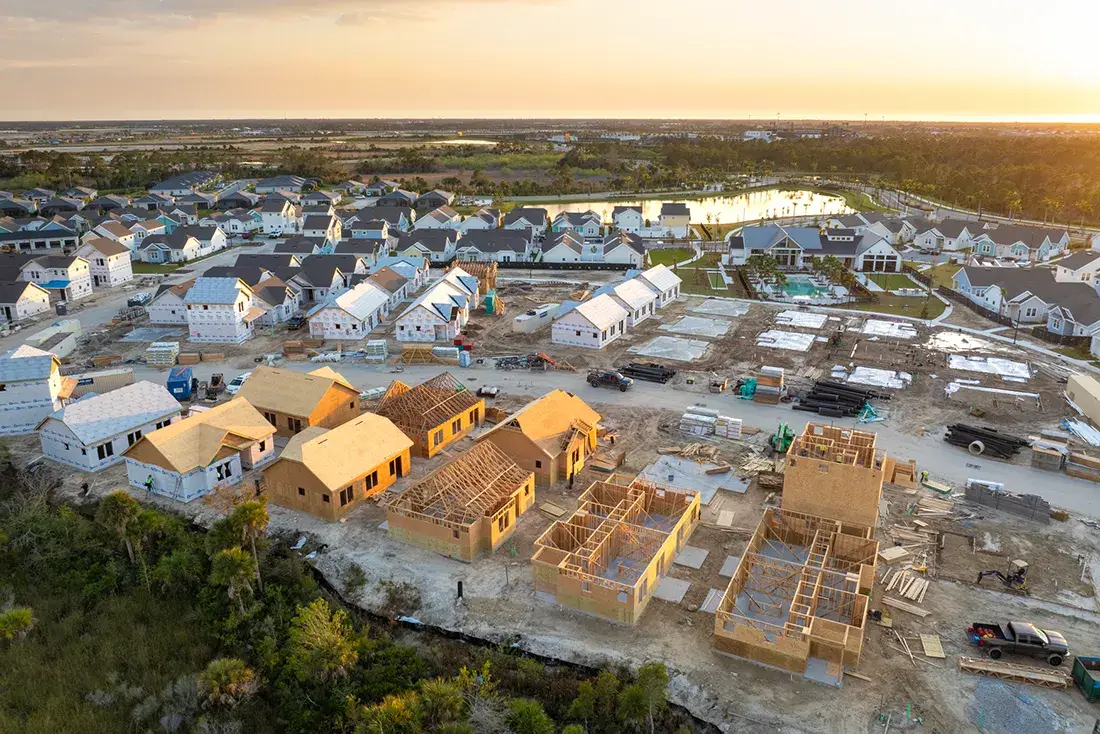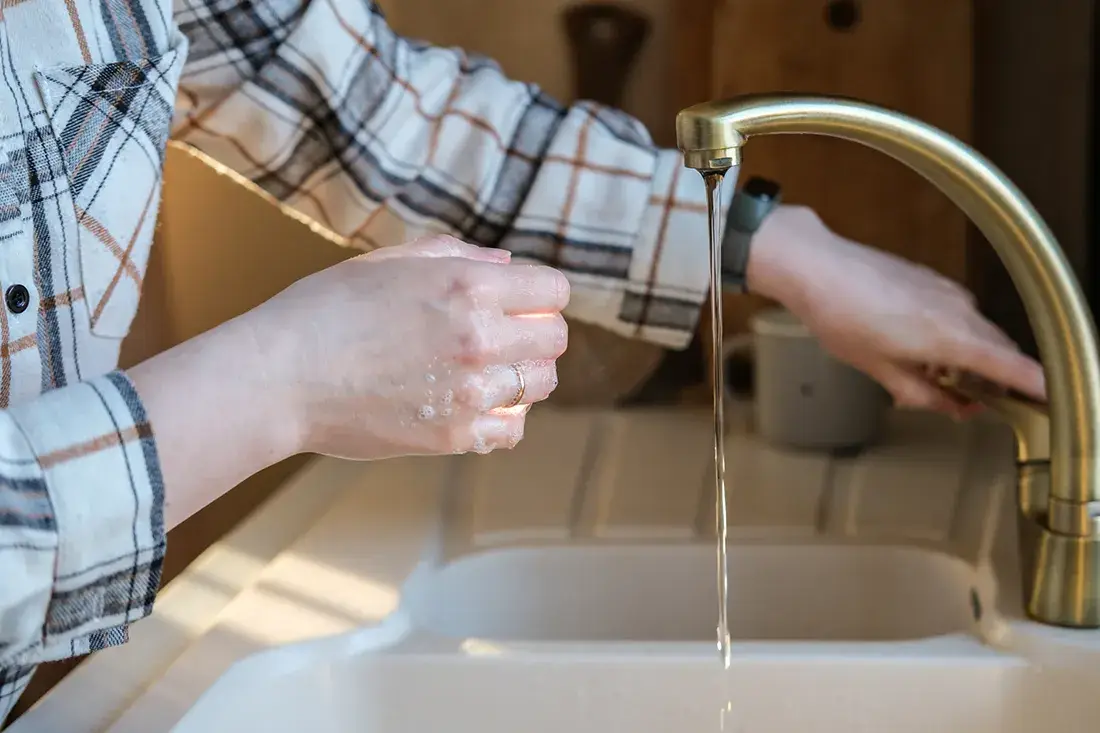You probably never gave a second thought to construction activity—until you noticed bulldozers flattening the field down the road or heavy machinery kicking up dust just a few houses away. It’s easy to overlook the hidden risks that nearby construction projects pose to your private well. But the reality hits hard when the reliable water pressure you’ve always enjoyed suddenly dips, or worse, your faucets begin sputtering with air.
At Well Manager, we’ve heard countless stories from homeowners who felt blindsided by the impact of construction projects on their private wells. Whether it’s a new subdivision, road expansion, or commercial building, what starts as a minor inconvenience can quickly escalate into serious threats to your water security. Understanding how these projects impact your groundwater and knowing the necessary steps to take can make all the difference.
How Construction Activity Can Silently Undermine Your Water Supply
Construction isn’t just about heavy equipment and noise pollution—beneath the visible disruptions, more subtle yet damaging impacts unfold underground. Groundwater systems, the invisible networks supplying your well, can be dramatically altered without you immediately noticing.
When construction crews dig foundations, excavate trenches, or even blast rock, they inadvertently change natural groundwater pathways. Imagine groundwater flow as a slow-moving underground river: when you place obstacles, redirect its channels, or create unexpected openings, the water begins to shift in unpredictable ways. For you, this could mean significantly reduced water pressure, lower well yield, or even contamination.
- Excavation and Groundwater Flow:Excavation activities—particularly deep foundation digging—often intersect groundwater sources feeding local wells. When these water sources are disrupted, the water levels in your well can drop quickly. Even projects a significant distance away have caused noticeable reductions in well yields. For instance, homeowners we’ve worked with have reported declines from a comfortable 10 gallons per minute to barely 3 gallons per minute following nearby residential developments.
- Blasting and Bedrock Fracturing:Blasting is a common technique for clearing bedrock for roadways or building foundations, but it comes with unintended consequences. Blasting creates fractures within the rock, allowing groundwater to rapidly drain from the aquifer that feeds your well. It can also introduce contaminants into previously protected water sources, making the water unsafe without proper filtration.
- Dewatering’s Far-Reaching Impacts:Dewatering—removing groundwater to keep construction sites dry—can drastically lower local groundwater levels. Imagine a giant straw drawing water from a shared underground reservoir: this aggressive extraction often affects wells miles away from the project. Homeowners near large-scale commercial projects or infrastructure expansions often experience sudden and severe drops in water pressure due to the lowered water tables.
Recognizing Early Warning Signs in Your Well
Identifying changes early can prevent long-term damage. Unfortunately, many homeowners aren’t aware their well is compromised until the problem is severe. Here are common early indicators.
- Frequent Low Water Pressure:If showers feel weak or faucets lose their steady flow, it’s often an early warning that groundwater levels have shifted.
- Air in Your Faucets:Air sputtering from your taps indicates that your well pump is struggling to draw enough water, a clear sign of a declining water level.
- Sediment and Discolored Water:Construction can stir sediment, causing your previously clear water to become cloudy or gritty.
- Extended Pump Operation or Constant Cycling:Your pump working harder or cycling frequently indicates lower groundwater levels, which can lead to increased wear and tear.
Our customers often tell us these were the initial clues they missed before realizing the construction down the street was responsible for their water troubles.
How to Proactively Monitor and Protect Your Well
Adequate protection begins long before heavy machinery shows up. Regular monitoring and preparation empower you to manage risks and safeguard your water supply.
- Establish Baseline Measurements:Long before any project breaks ground, document your well’s current performance and water quality. Professional well tests—measuring your gallons per minute (GPM), static water levels, and contaminant baseline—will serve as critical reference points. If issues arise, this documented baseline is essential for seeking solutions or legal recourse.
- Ongoing Monitoring During Construction:Stay vigilant as construction proceeds. Test water yield, pressure, and quality regularly—weekly, if construction is very close. Maintain a detailed log, noting all changes, even the most subtle ones. At Well Manager, we’ve seen homeowners successfully advocate for corrective measures from developers by presenting clear evidence of negative impacts on their wells.
- Engage Early with Developers and Local Authorities:Make your concerns known. Developers and local government agencies are required to consider environmental impacts and often take preventative measures when community pressure demands it. Proactive homeowners often see additional safeguards like controlled blasting methods, groundwater recharge wells, or limited dewatering schedules.
Practical and Reliable Long-Term Solutions
If construction negatively impacts your well, temporary fixes might relieve immediate concerns, but lasting peace of mind demands robust, dependable solutions.
At Well Manager, we don’t advocate for expensive and uncertain solutions, such as drilling deeper wells. Instead, our experience confirms a smarter choice.
Well Manager® Systems: A Proven Solution
Our Well Manager® system intelligently manages your existing well water, even when groundwater flow decreases or becomes inconsistent due to construction impacts. Instead of drilling deeper or hoping for uncertain aquifer conditions, the Well Manager stores water safely and replenishes the storage tank slowly and consistently, ensuring steady and strong water pressure at all times.
Many customers facing drastic yield reductions due to nearby construction have found immediate relief by installing our systems. Instead of incurring costly drilling expenses, they secured a long-term, reliable water supply with significantly improved daily pressure and flow.
Together, We Can Protect Your Well and Water Future
At Well Manager, we understand firsthand the stress of seeing your family’s reliable water supply threatened by unforeseen construction projects. Our mission is to empower you—through knowledge, proactive measures, and reliable solutions—to confidently secure your home’s water future.
While construction projects will inevitably continue, you don’t have to accept a compromised water supply as inevitable. By staying informed, monitoring closely, advocating proactively, and leveraging our proven Well Manager® systems, you can ensure consistent, dependable water no matter what changes your neighborhood faces.
Your peace of mind is our top priority. If you’re concerned about upcoming construction or already experiencing issues, don’t wait—reach out today. Together, we’ll protect your most vital resource: clean, reliable water for your family.
Related Reading
- Could AI Data Centers Impact Your Home’s Water Supply? Here’s What You Need to Know
- Tired of Lukewarm Showers That Drip Instead of Flow?
- Why DIY Fixes Won’t Solve Your Well Water Pressure Problems: A Common Problem with No Easy Answers
- Boost Your Flow: How to Eliminate Low Water Pressure and Deliver Consistent Output
- Is Your Well Pressure Dropping? Here’s Why Quick Fixes Won’t Work



